The Lionel No. 2055 Hudson was prominent in the parade of 4-6-4 steam engines in O-27 outfits from 1950-56. Others in that notable group, including the 2046, 2056, and 2065, thrilled the many kids who received freight and passenger outfits at the peak of the postwar era.
When the editorial staff of Classic Toy Trains recently polled readers about the most memorable toy train locomotives ever made, a sizable contingent voted for the 2055. Many O gauge collectors and operators praise its attractive, realistic appearance and strong, reliable performance.
Legacy of Hudsons
The array of wheel arrangements characterizing Lionel’s postwar steam fleet is more diverse than many think. One, however, rises to the top.
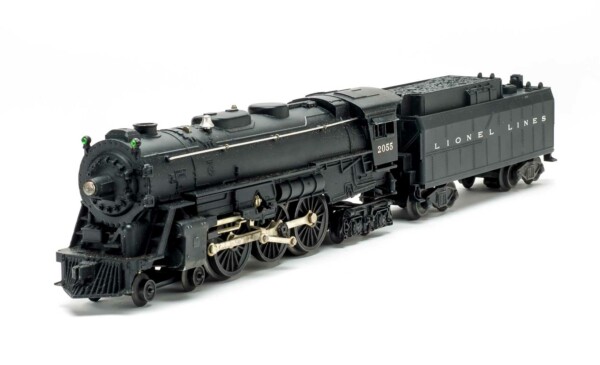
The 4-6-4 has been synonymous with the company since its production of the scale New York Central No. 700E in 1937. Solidifying the reputation of the Hudson during the final years of the prewar era was the No. 763, a superb performer lacking only a few of the scale details of its kin.
So certain were executives at Lionel about the appeal of the Hudson that they intended to revive it after World War II. The No. 703 would, according to the 1946 catalog, feature a new smoke mechanism, along with a standard operating headlight and a whistle.
Even after the proposed Hudson was pulled from the final list of trains for that year, decision makers kept it in mind.
Back on top
Their dreams of returning a Hudson to the top of the line came true in 1950. The No. 773 was in many respects the finest model during what was commemorated as Lionel’s golden anniversary. Key features were a smoke mechanism, whistle tender, Magne-Traction, operating headlight, and three-position reverse unit.
Executives elected to develop an O-27 Hudson for the company’s 50th year. Designers did so with a wink and a nod at the accountants. They saved cash by fitting the 4-6-4 arrangement to the boiler casting already used for the Berkshire. Out strolled the No. 2046 with Magne-Traction, smoke, and a whistle tender.
Lionel dropped the 773 for 1951; it wouldn’t be seen again until 1964. Nonetheless, the company proved its allegiance to the wheel arrangement, returning the 2046 to the ’51 O-27 roster for a second year.
The outbreak of hostilities in Korea in 1950 brought shortages of vital materials. Among the industrial casualties were Lionel locomotives with Magne-Traction. As a result, the 2046 was removed from the line. In its place in 1952 came the No. 2056, identical in every respect save Magne-Traction.
Something different
Circumstances improved dramatically as Lionel prepared to manufacture its trains for 1953. It could resume equipping engines with Magne-Traction, so the 2046 returned and the 2056 exited.
Something new was on the drawing table that year, too. The engineering department put the finishing touches on a different sort of Hudson. Rather than another replica of a New York Central 4-6-4 or a hybrid with Berkshire traits, it sired a superb Hudson whose roots could be traced to the Atchison, Topeka & Santa Fe RR.
The O-27 No. 2055 and its O gauge twin, the No. 685, departed from previous 4-6-4 practice with their plain boiler fronts. For the first time the corporation offered two distinct Hudson types.
No changes
The 2055 remained in the catalog through 1955 with almost no modifications. The small Hudson came with a die-cast metal boiler painted black. While the front of it was unadorned, the top featured an ornamental metal bell and whistle. Wire handrails and the busy drive gear attracted attention. The trailing truck had detailed plastic side frames.
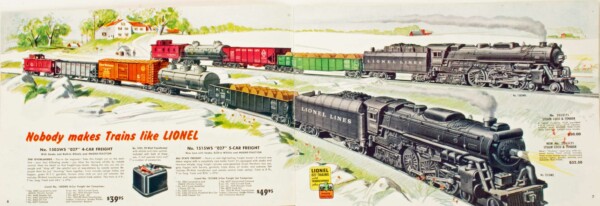
Mechanical highlights included a three-position reverse unit and, of course, Magne-Traction. The 2055 boasted an operating headlight and a smoke mechanism. Lionel paired it with a whistle tender, either a No. 2046W streamlined model or a square 6026W.
About the only 2055 variation hobbyists have ever reported is the white numerals below the cab windows could have been added via heat- or rubber-stamping. Neither changes the value.
Great outfits
The 2055 powered a couple of O-27 outfits in 1953. It came with three silver passenger cars (Nos. 2421 Maplewood Pullman, 2422 Chatham Pullman, and 2423 Hillside observation) in set No. 1502WS, retailing for $57.50. For about $20 less, you could buy set No. 1503WS. It included the Hudson, three freight cars (Nos. 6456 Lehigh Valley hopper, 6462 New York Central gondola, and 6465 Sunoco double-dome tank car,) and a No. 6257 Southern Pacific-type caboose.
For 1954, Lionel relied less on the 2055, deriving a new Hudson from its Santa Fe prototype. Designers added a feedwater heater to the otherwise plain front to create the No. 2065 for O-27 and No. 665 to supersede the 685 in the O gauge line.
All the 2055 Hudson did in 1954 was again handle outfit 1503WS. The freight set returned without any changes except that Lionel usually substituted a maroon 6456 hopper for a black one and a green 6462 gondola for a black one.
The curtain went down on the 2055 in 1955, when it headed a single set. The No. 1533WS depended on the small Hudson to pull a No. 3562-50 operating barrel car, 6436 Lehigh Valley quad hopper, and 6465 Sunoco double-dome tank car. The No. 6357 SP-type caboose was an upgrade because it had illumination.
Find out why a Lionel Hudson is one of Roger Carp’s favorite engines.






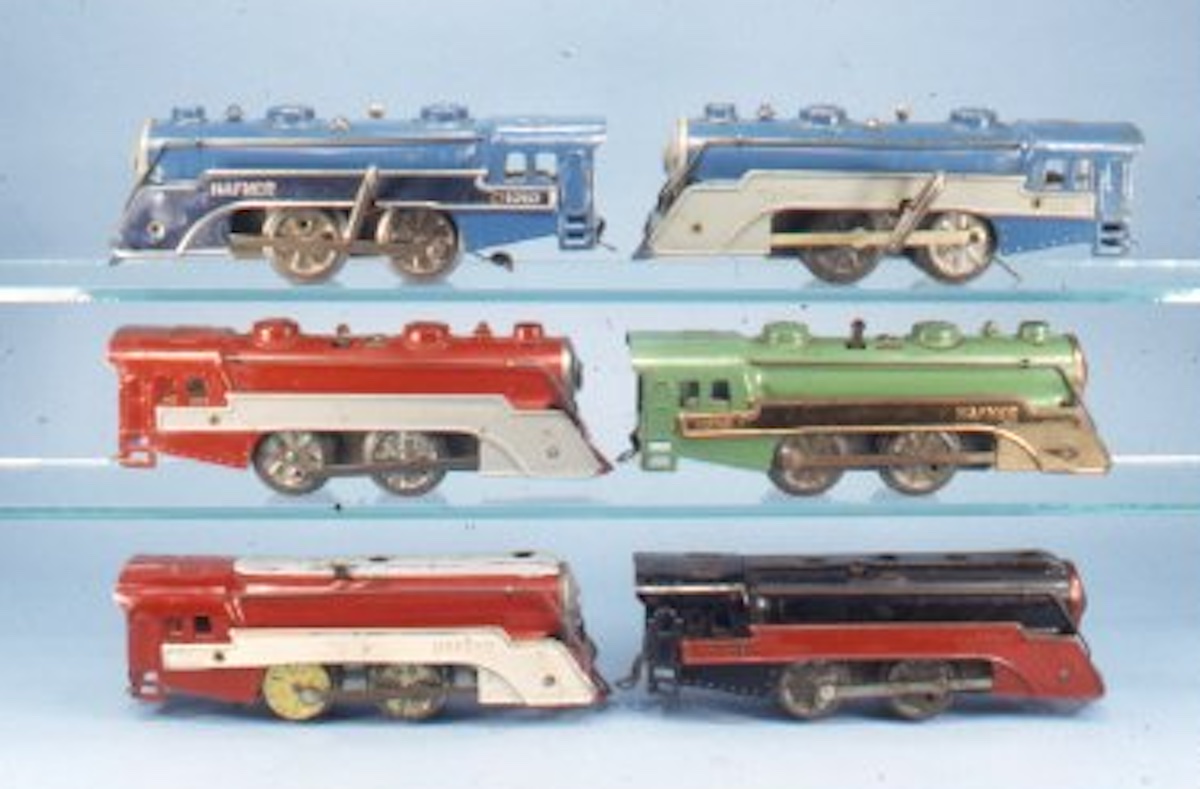
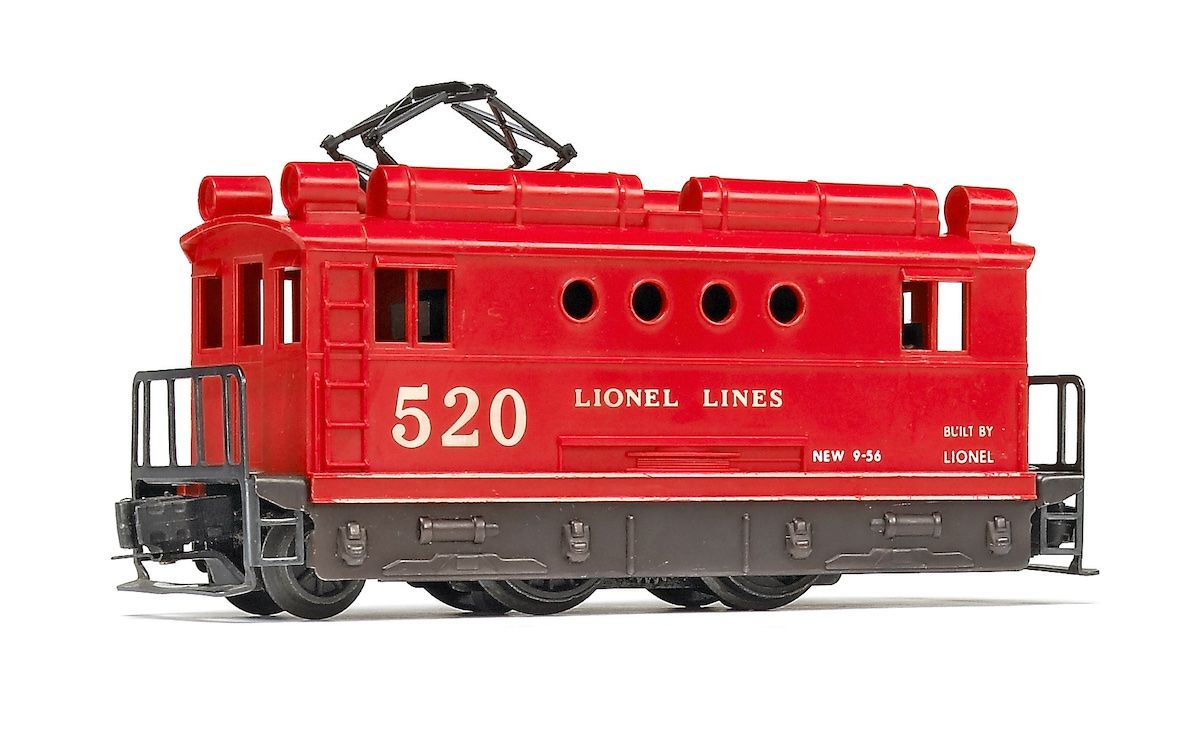
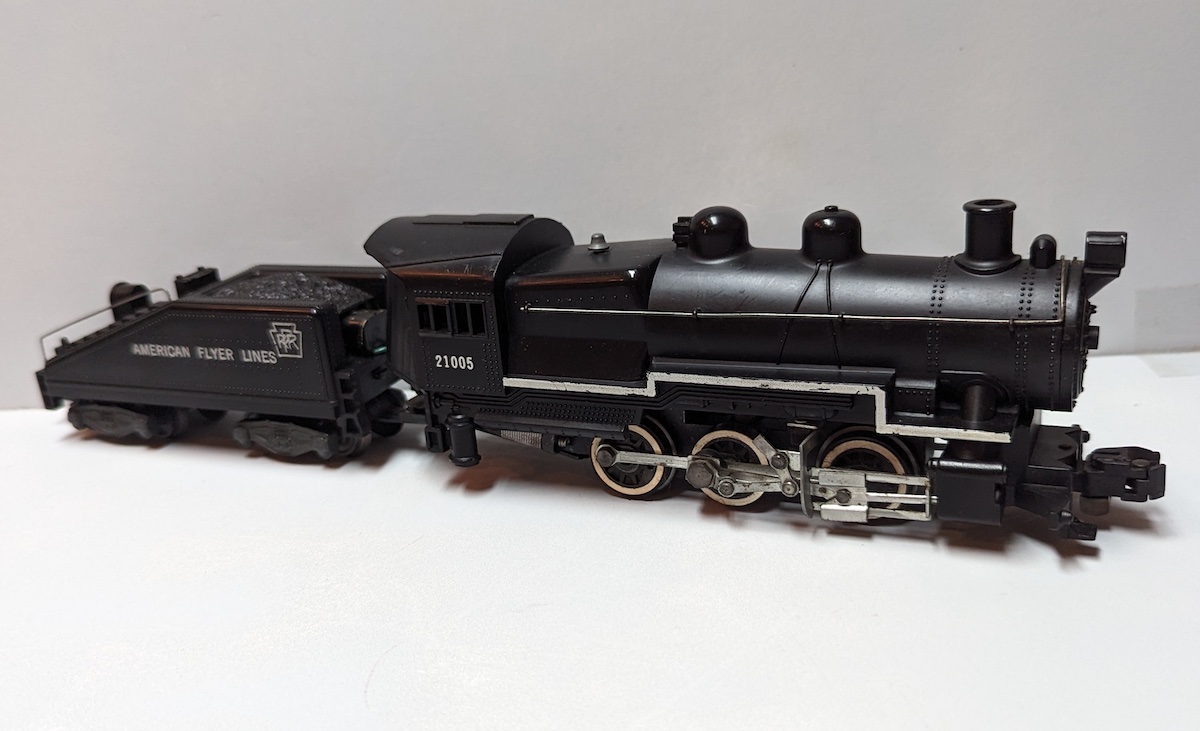
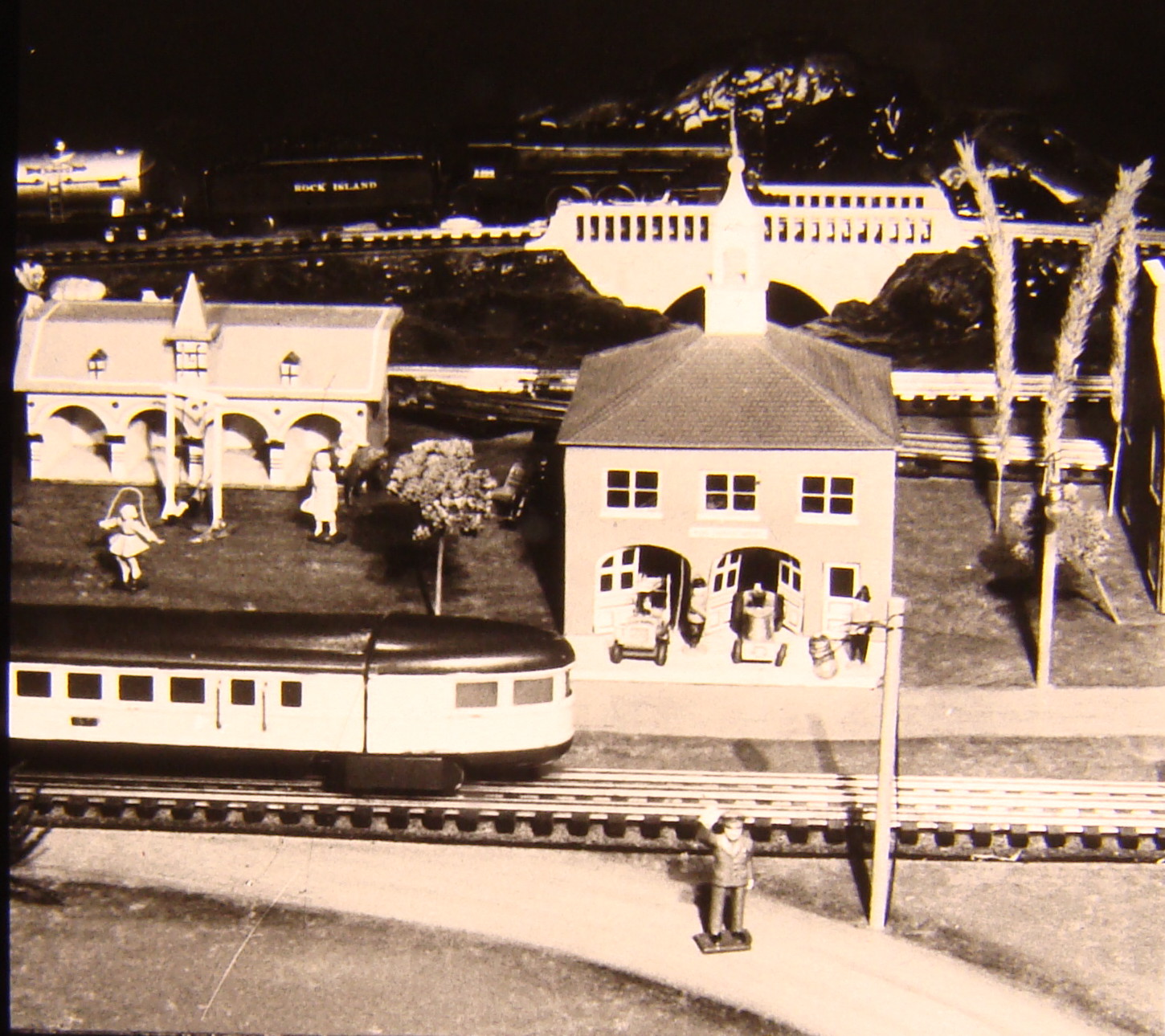




Is there a model train repair store in the Florida panhandle. I have Lionel 2055 locomotive that does not seem to be working. Any suggestions?
Barry Parks, Destin, FL
850-217-7096